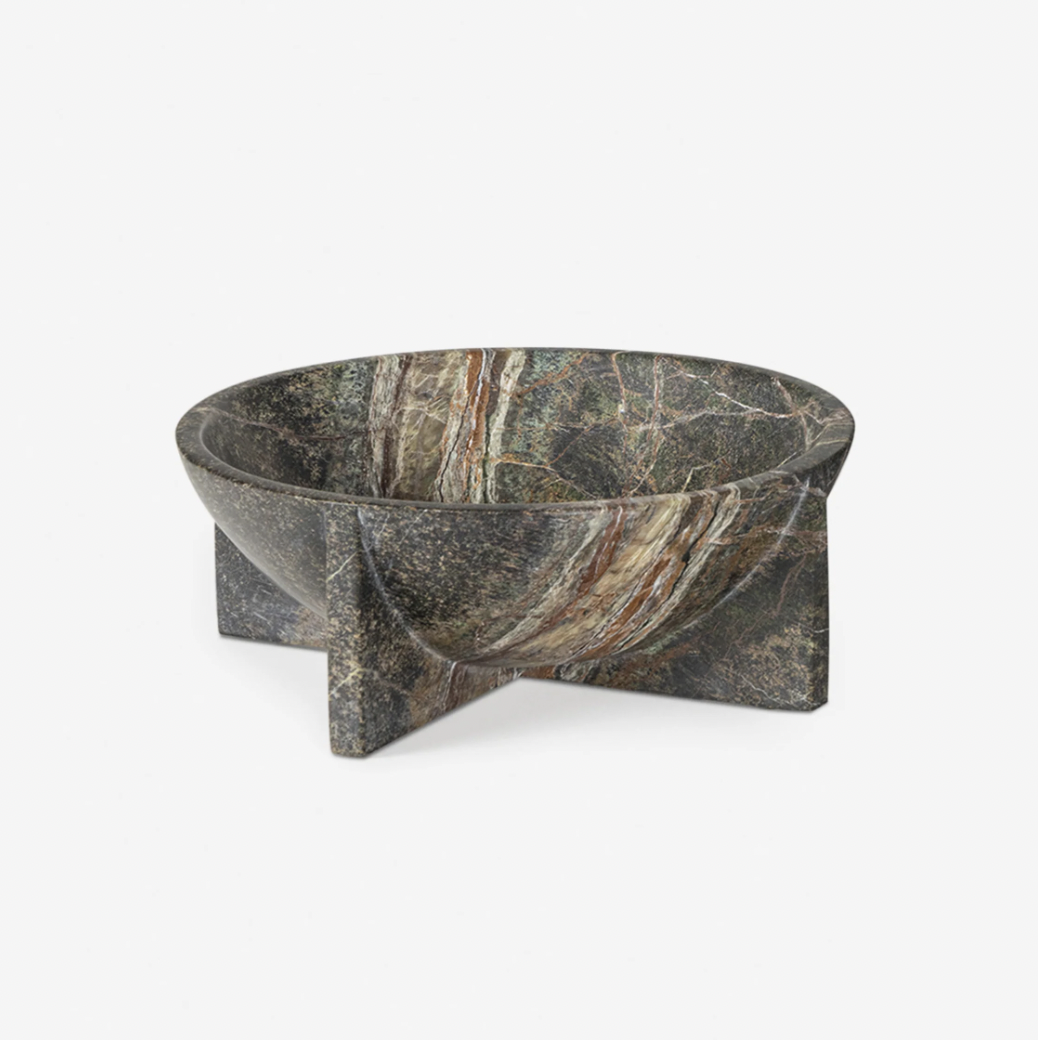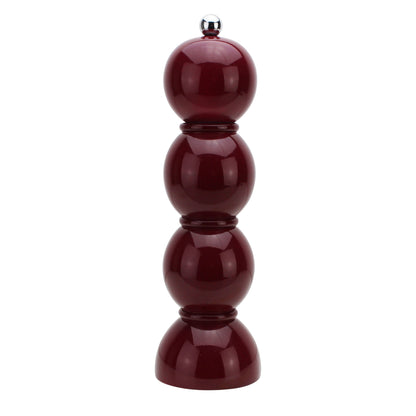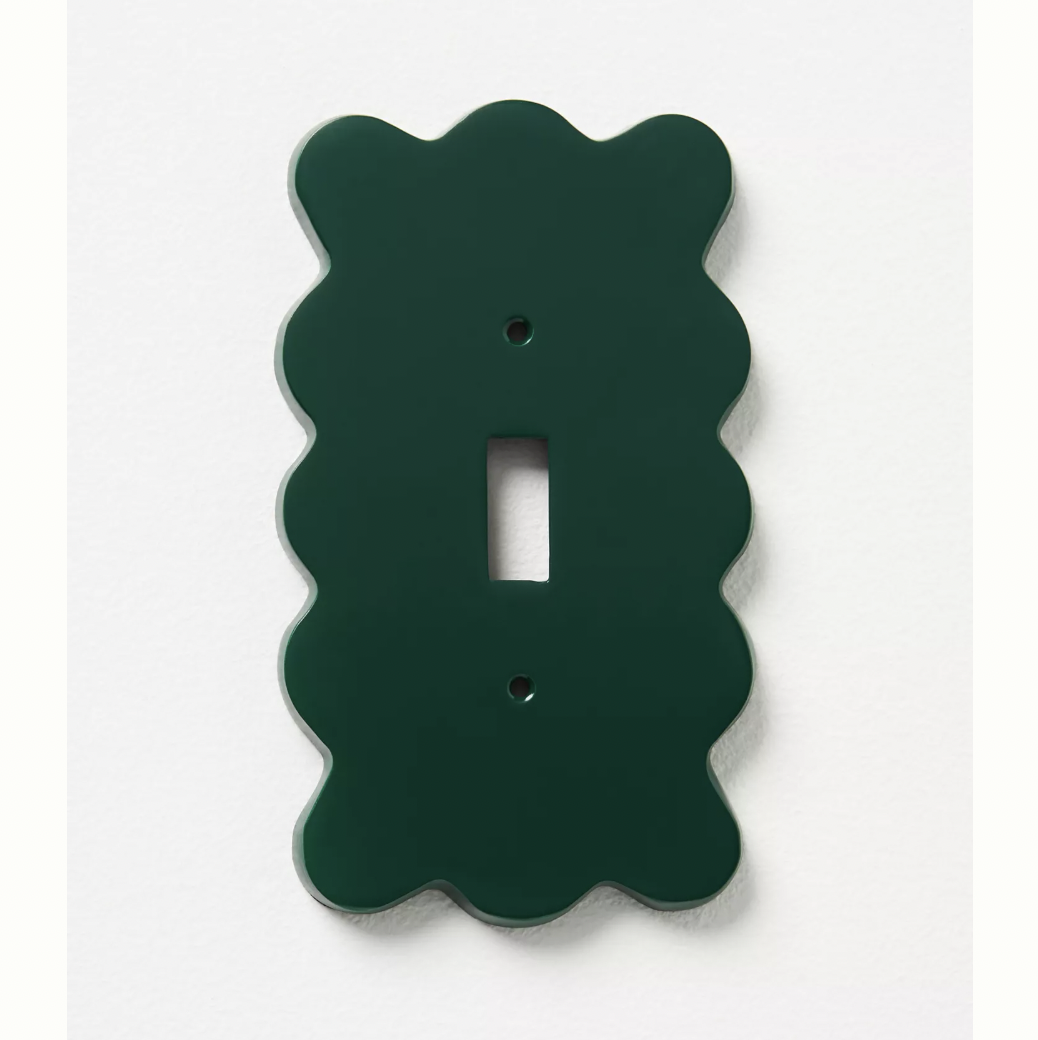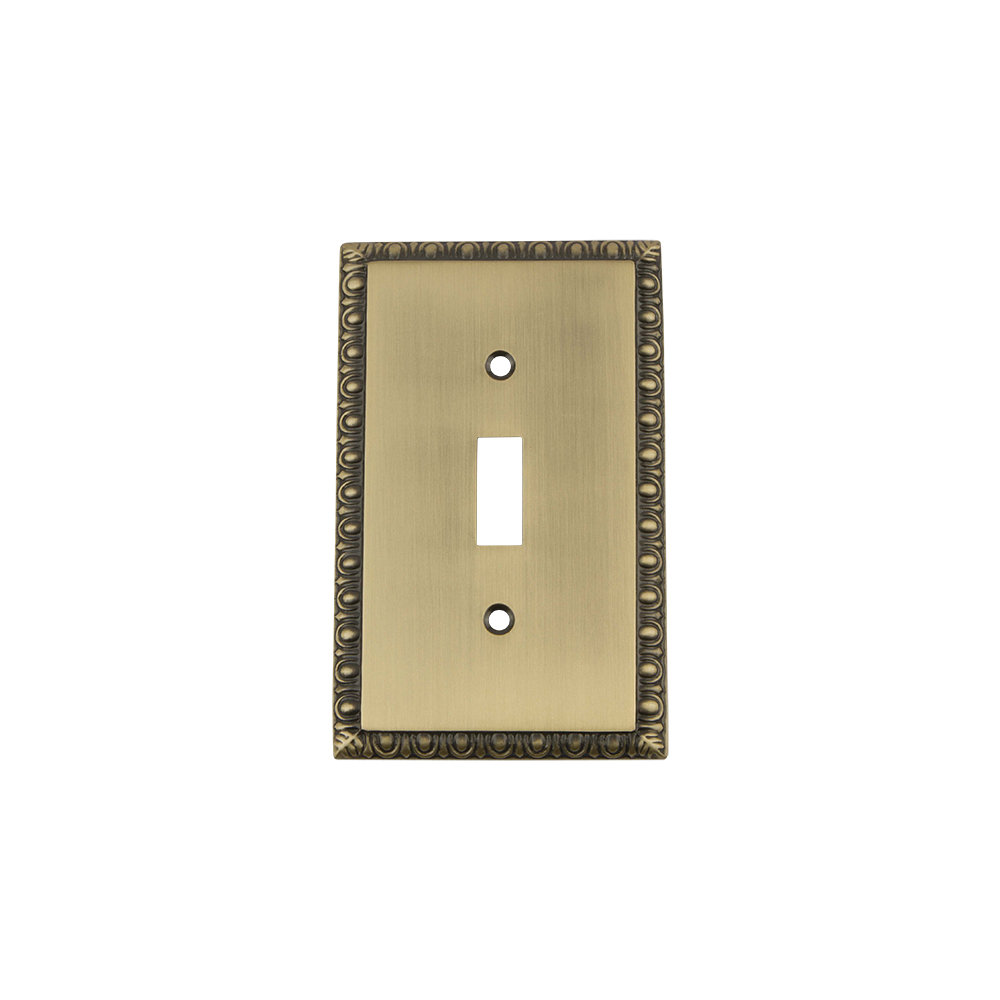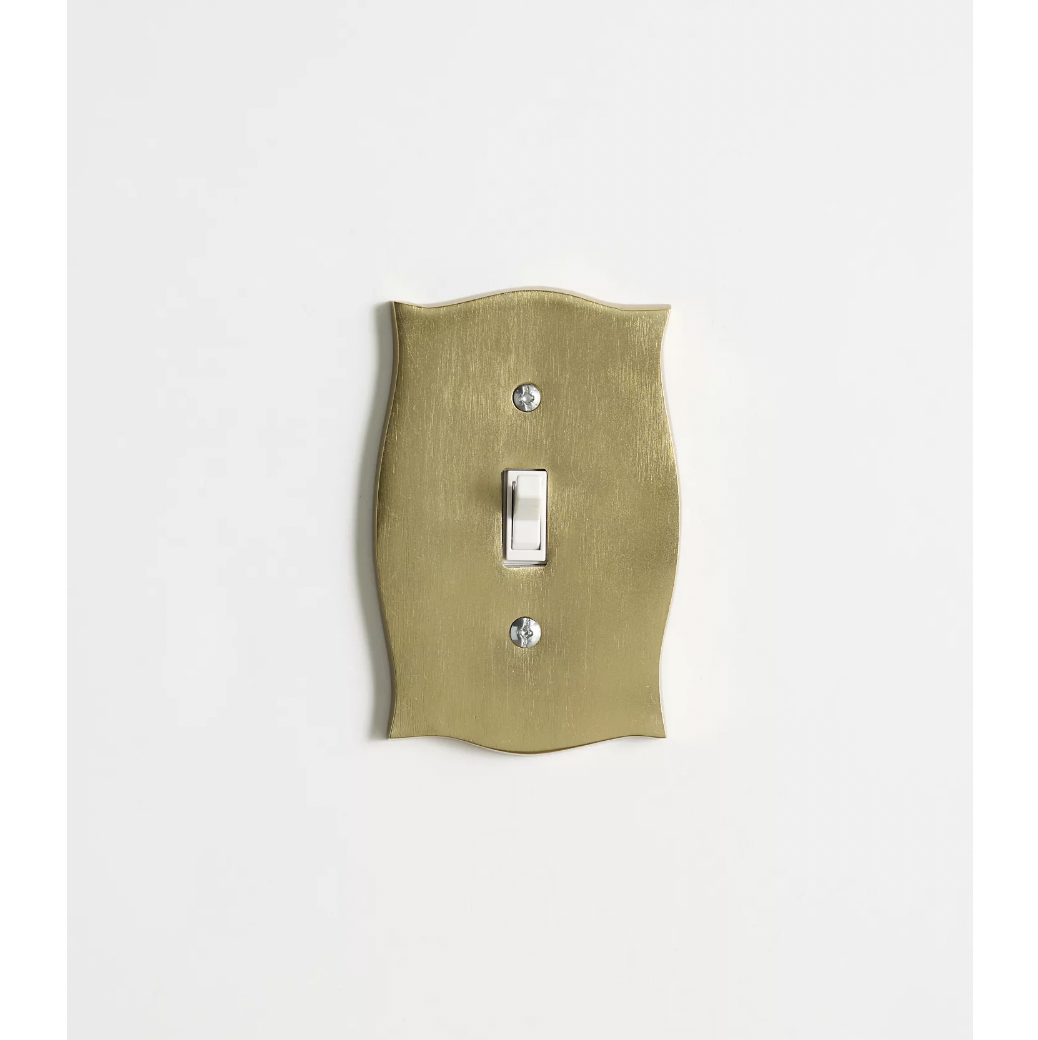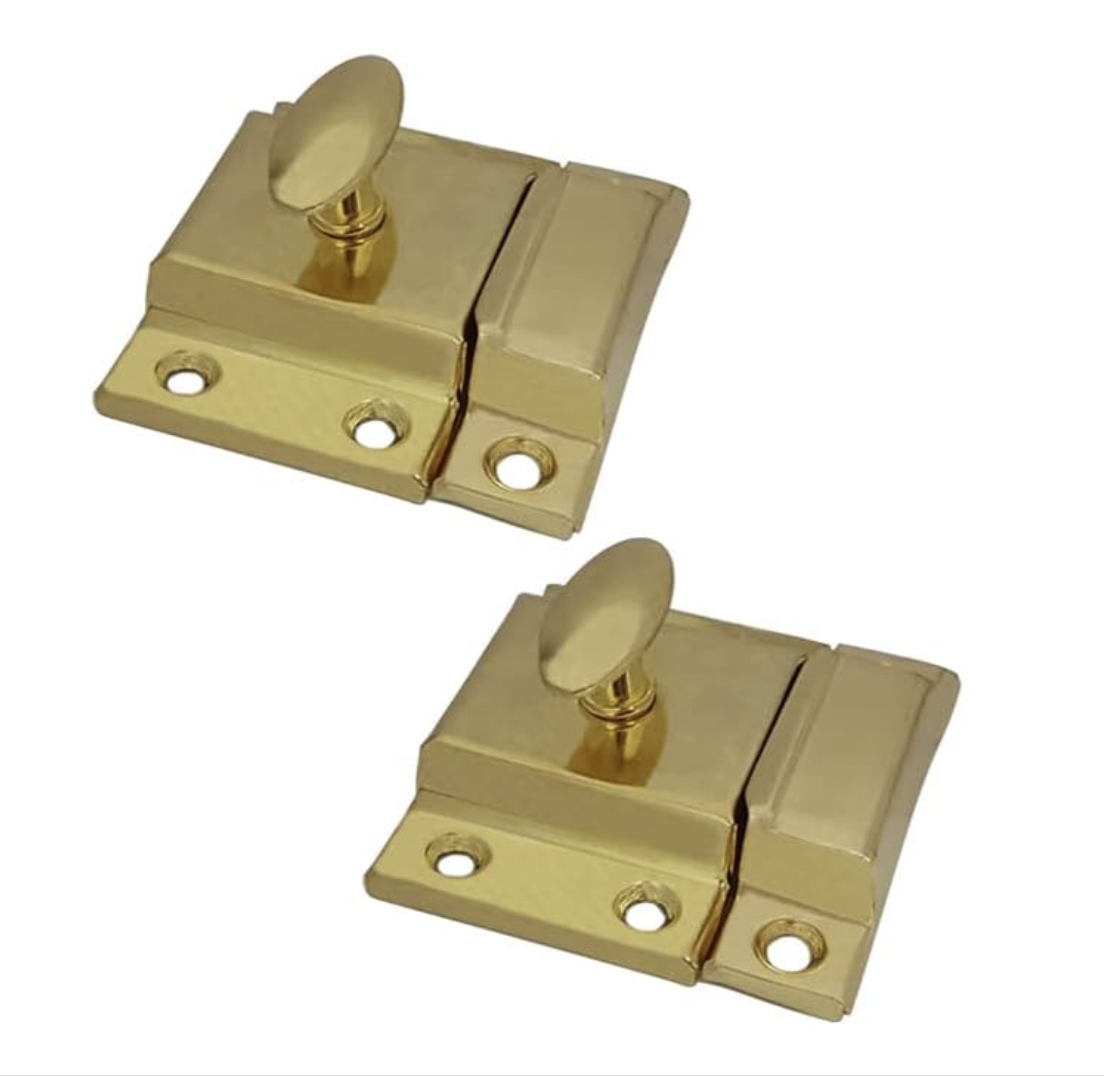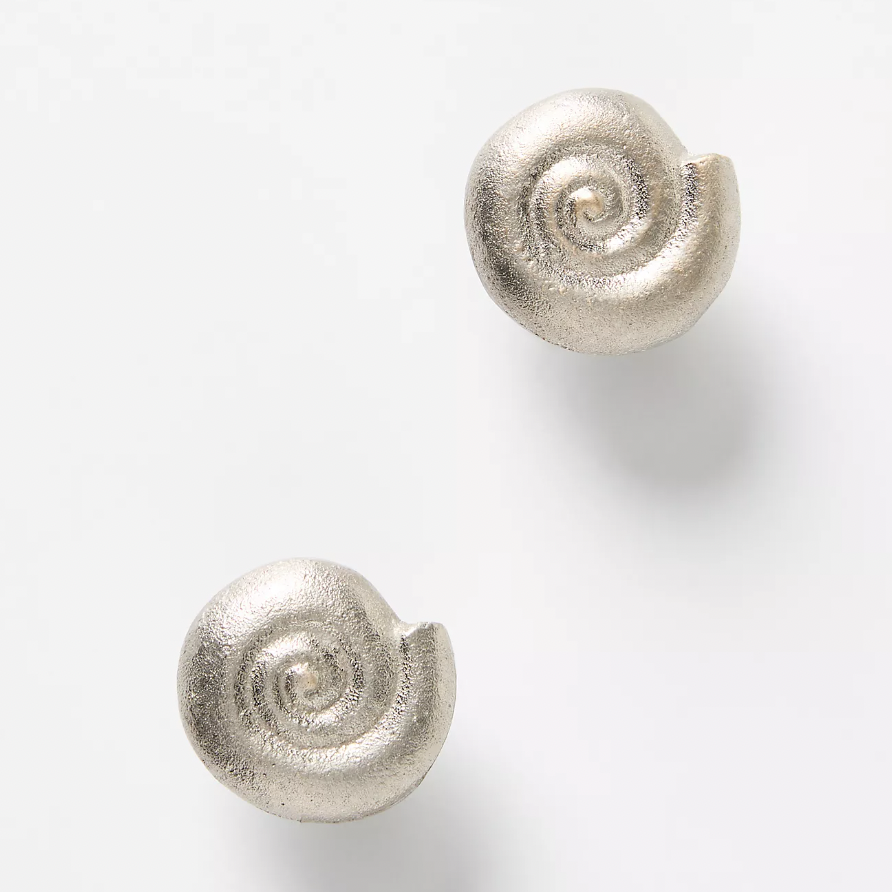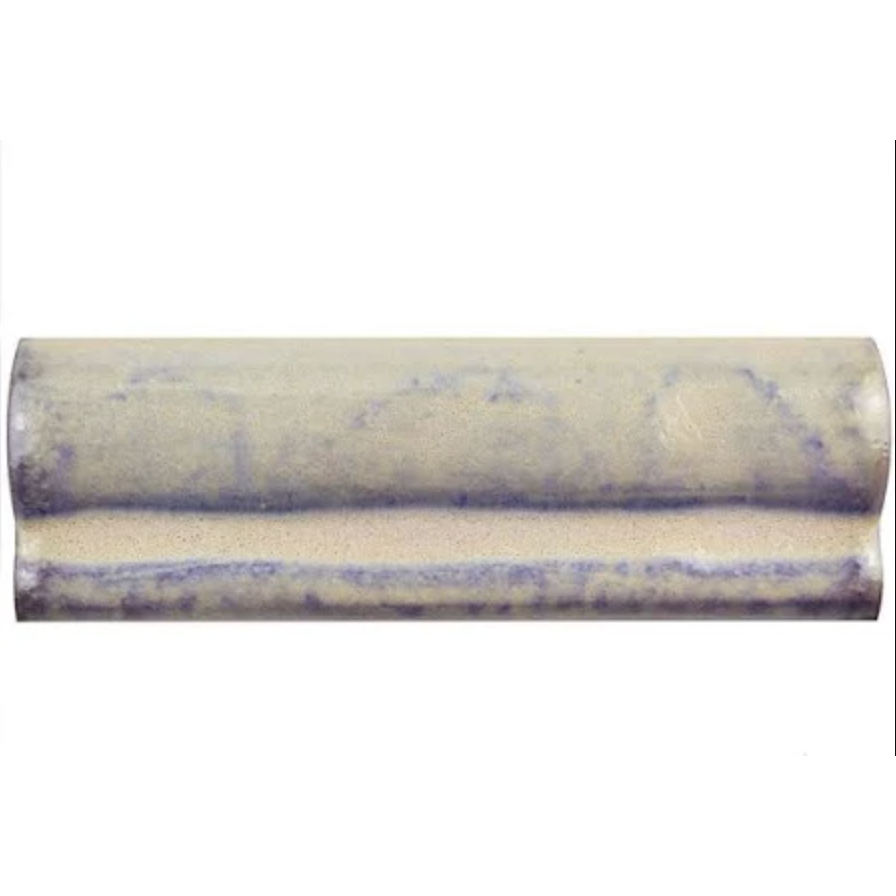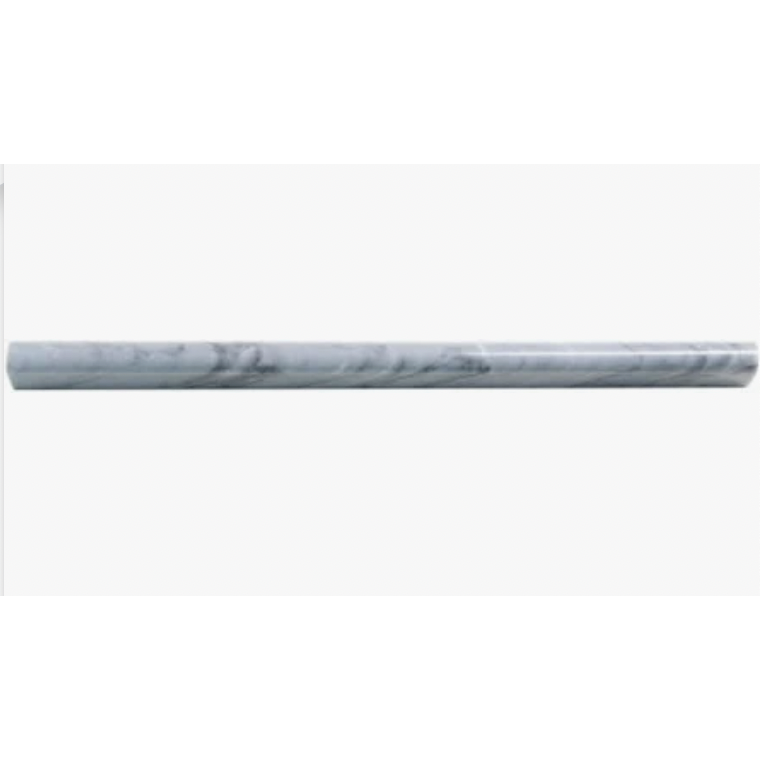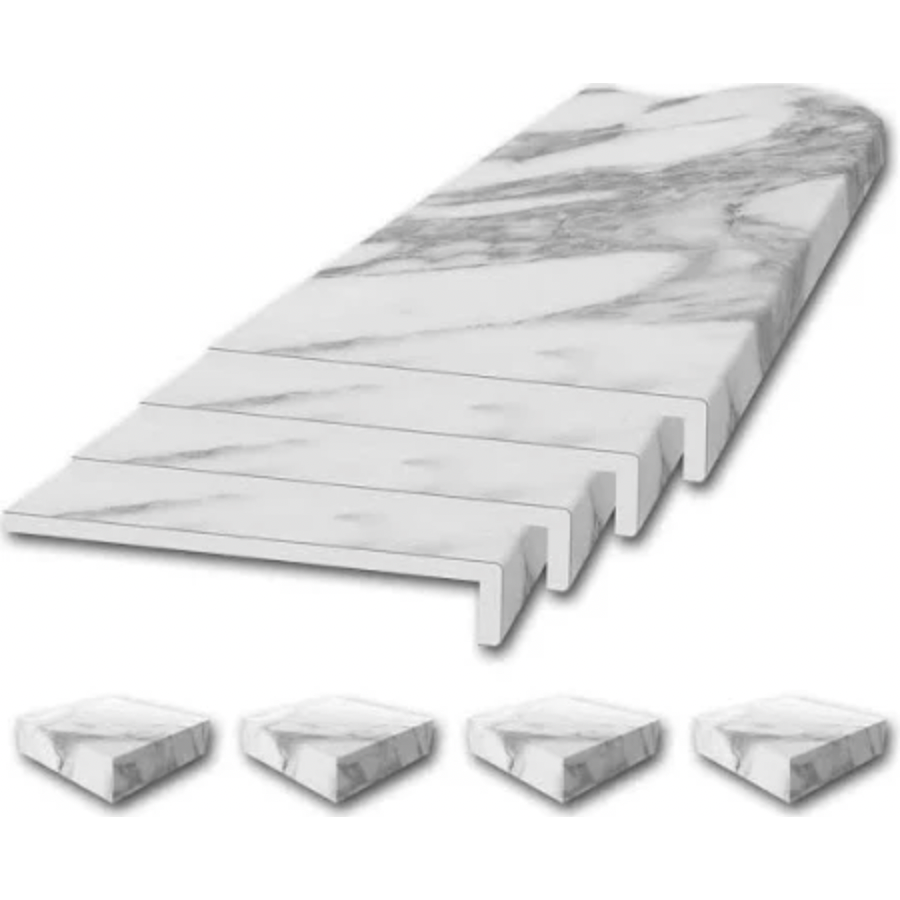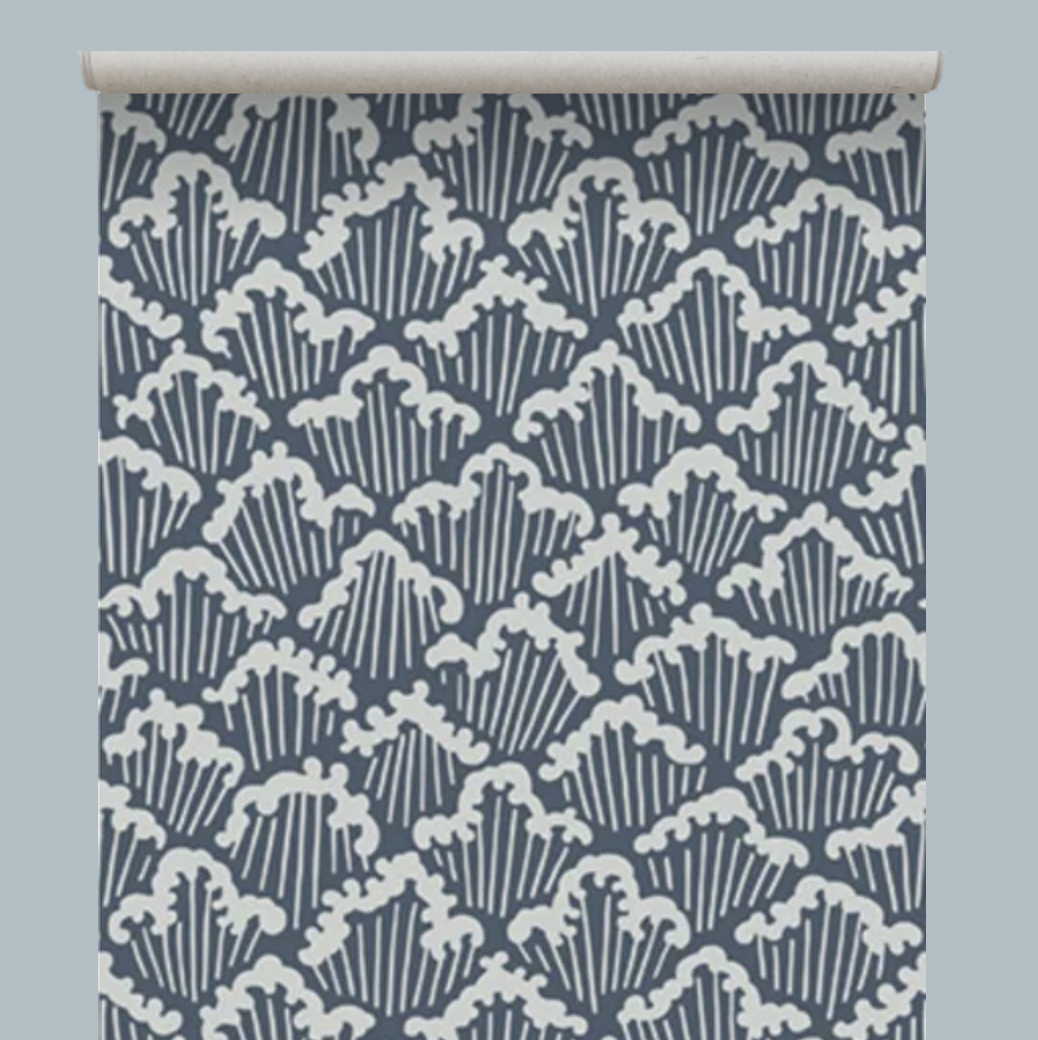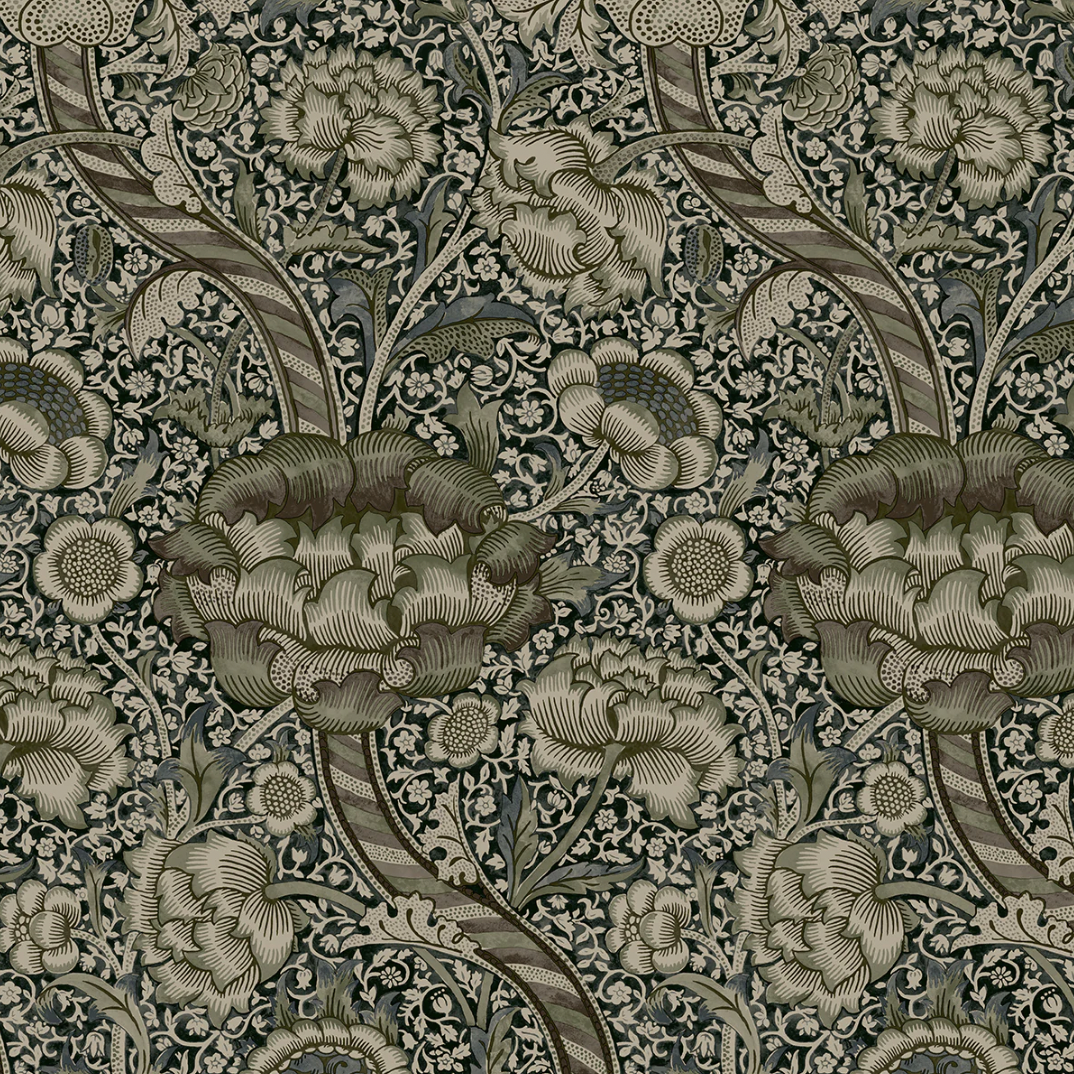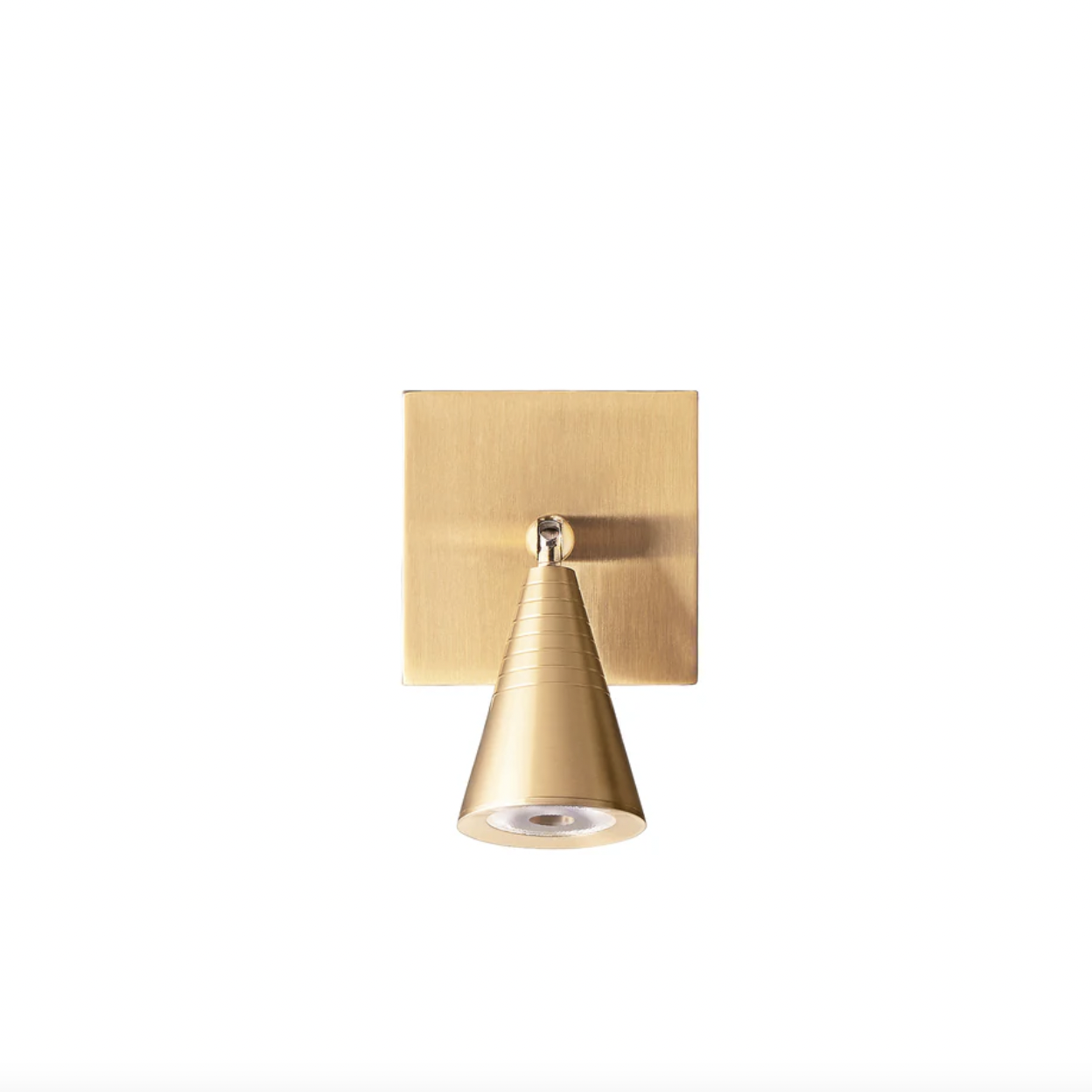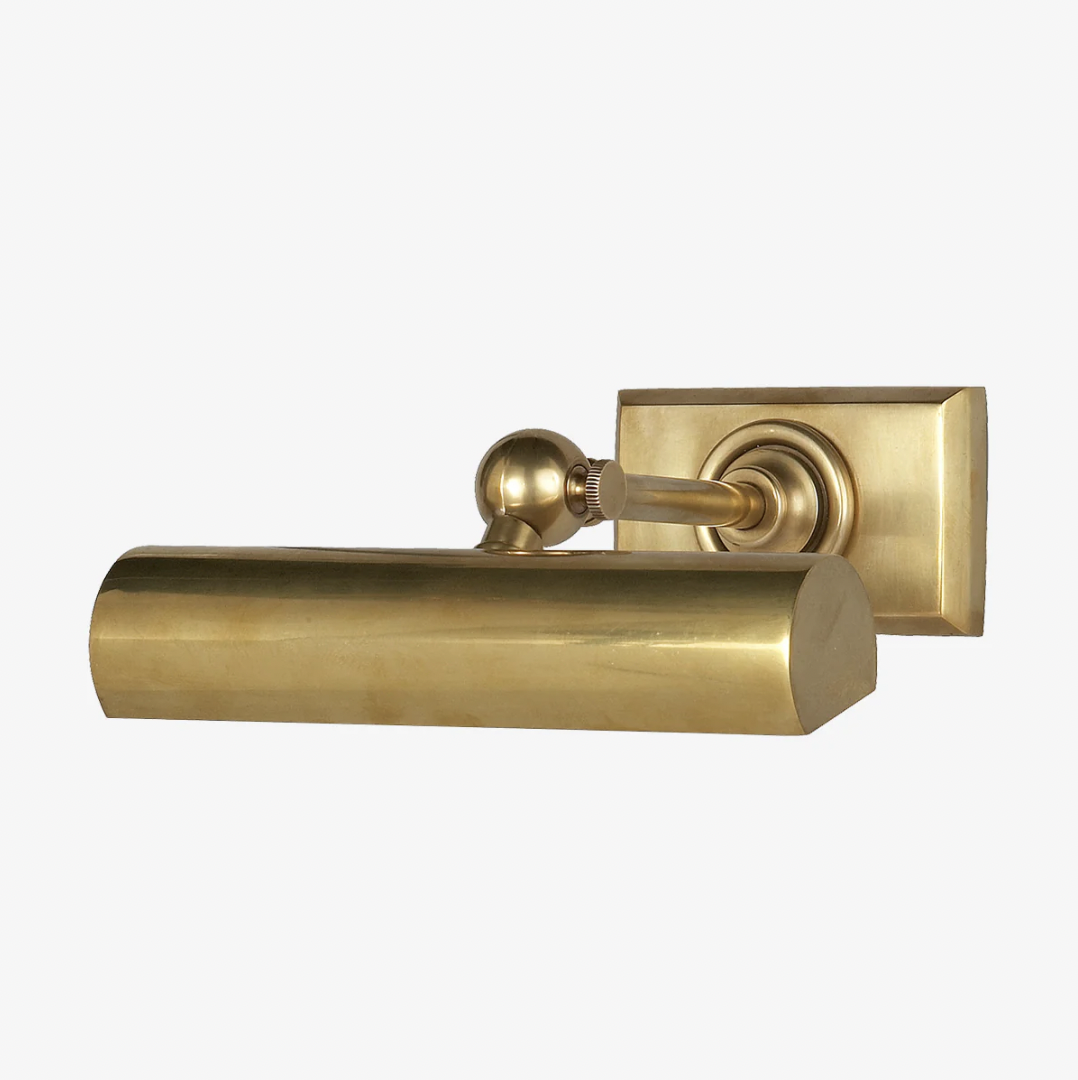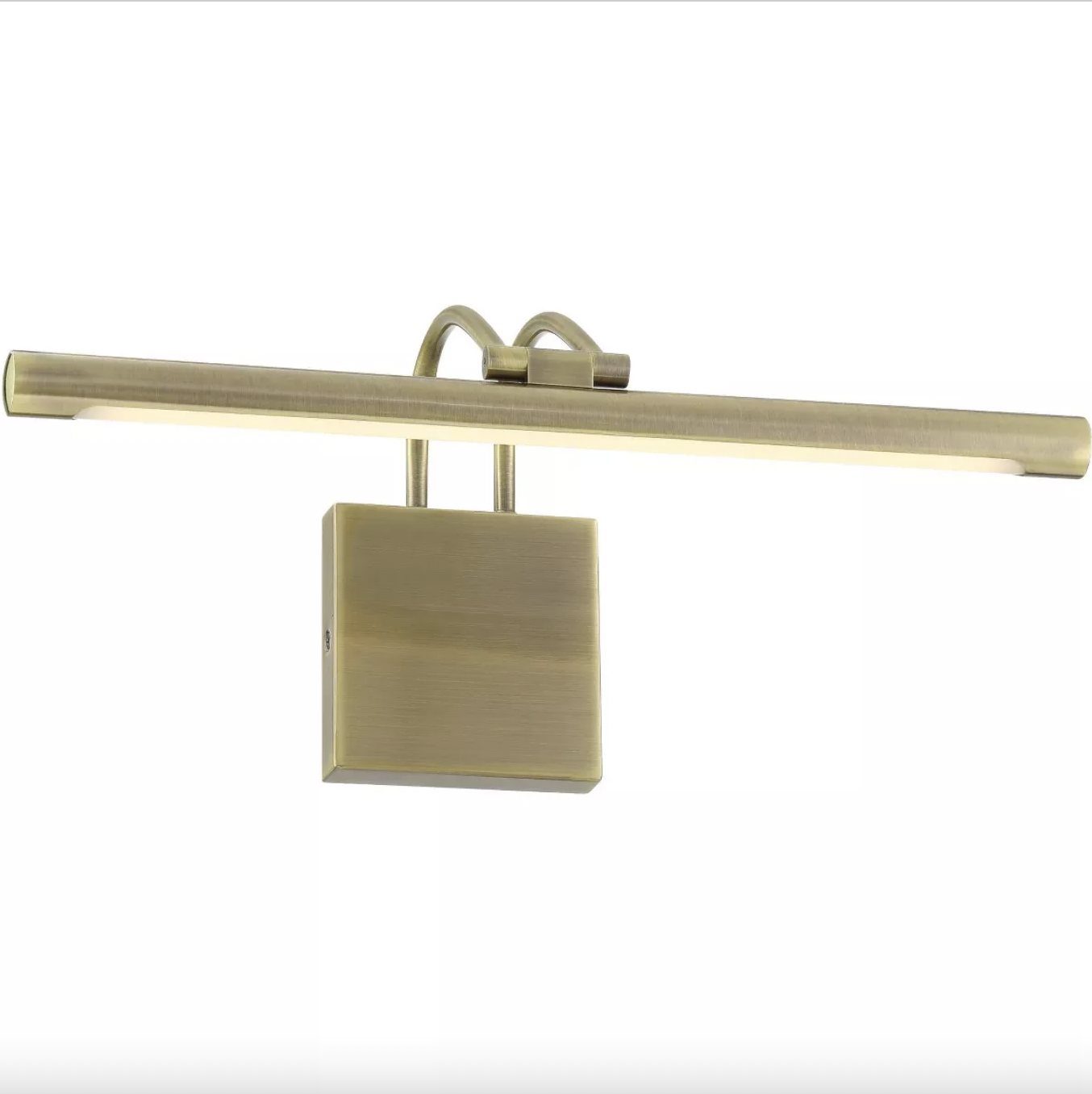8 tiny design details you are definitely overlooking in your home that can completely elevate a space
In the designers' handbook, the minutiae matter. Pay attention to these small but mighty details if you want to give your home that polished, put-together look

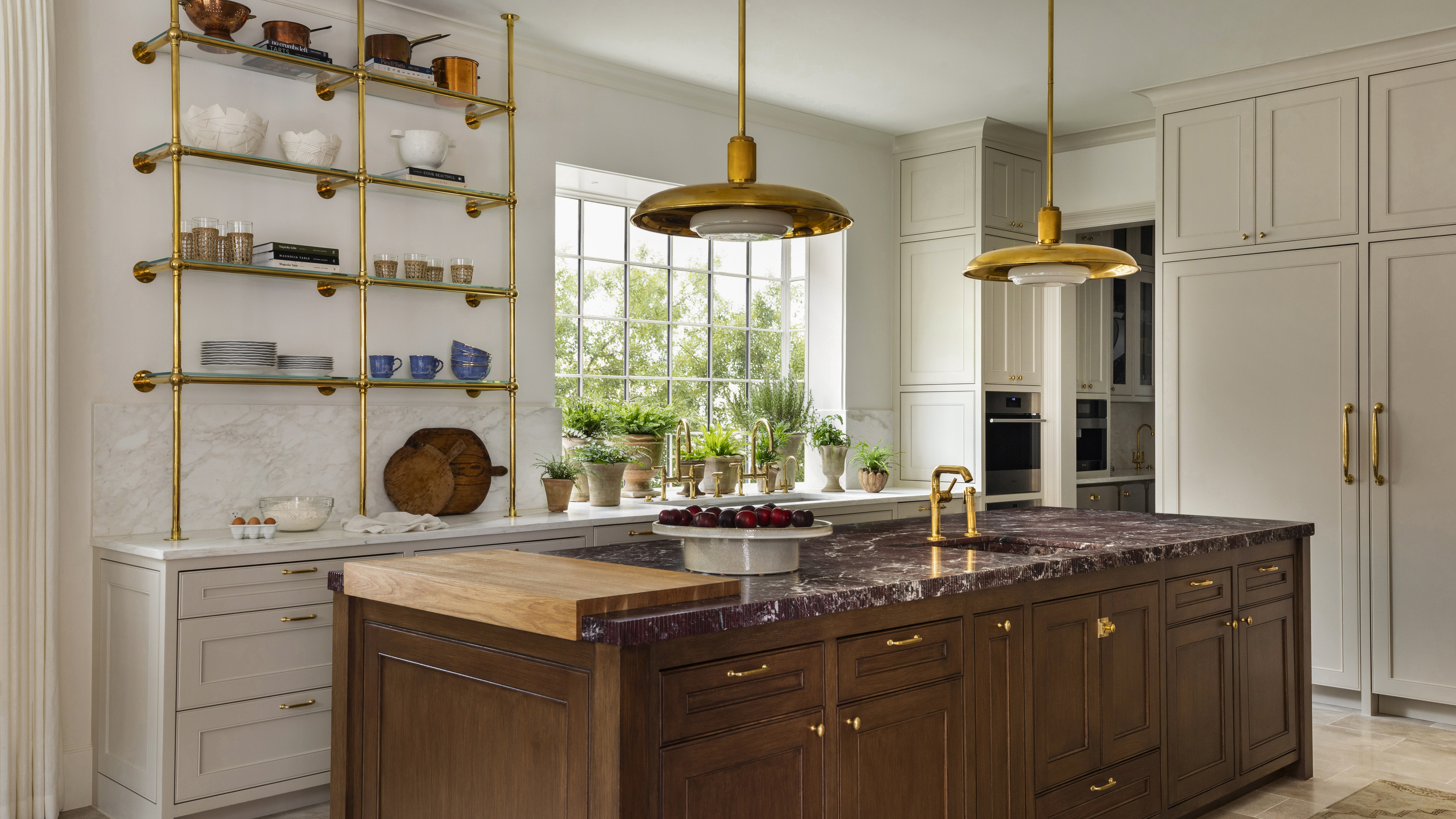
Ever felt as though your home lacks that certain je ne sais quoi? There's an elusiveness to interiors curated by professional designers – a certain expensive quality that just elevates them above the rest. It's not something you can place your finger on because the answer isn't typically glaringly obvious. Instead, it lies within the more minuscule design details you're probably overlooking in your own home.
If you think your space lacks the sort of depth and visual interest we're talking about, you're likely neglecting the minutiae. There are a myriad of tiny design details that, while small, can have a huge impact on the overall look and feel of a space. Without them, a room ends up looking flat and unfinished. It's like wearing a beautiful gown but without any jewellery or accessories to pull the look together.
Besides investing in your big-ticket items, it pays to sweat the small stuff. To help you harness the power of these tiny details, we spoke with designers to discover the small decorating ideas they always pay attention to to give a space that expert finishing touch. Here are eight design details that you're probably overlooking.
1. Decorative countertop edges
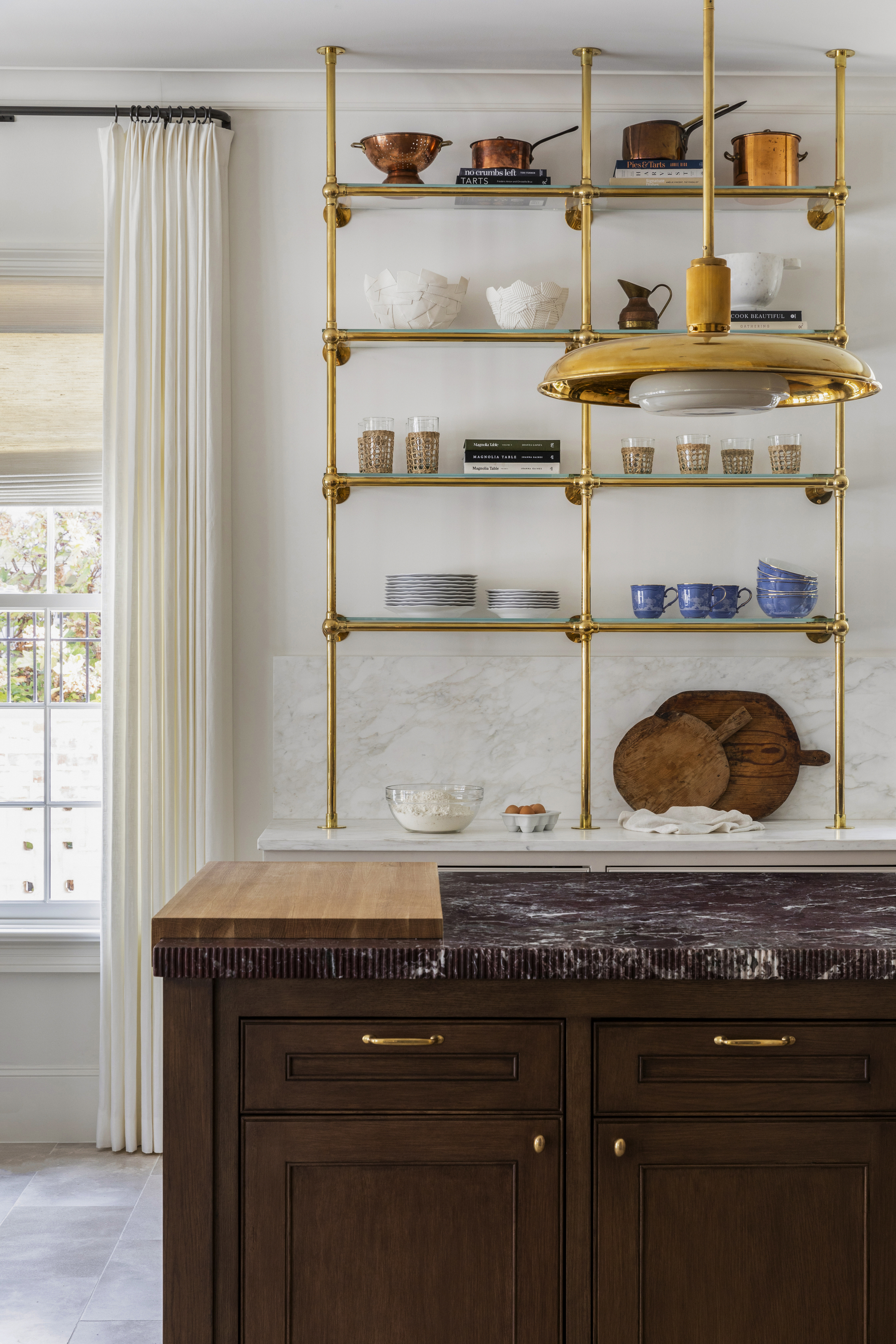
When we design a kitchen, our kitchen countertop ideas are one of the biggest decisions. Wood, marble, quartz – choosing the perfect material weighs heavily. But what we fail to spare thought to, however, is the edge of the countertop.
To really elevate your space, this finishing touch should be factored into your kitchen design from day one. From fluted marble detailing for a textured look to a bullnose for a timeless and classic touch, there are so many options to dress up this small detail and make a big difference.
'Countertop edges are one of those quiet details that carry so much weight in the overall design,' explains interior designer Marie Flanigan. 'A fluted edge brings a sense of precision and elegance, while a chiseled edge introduces a more organic, tactile element. An ogee profile feels timeless and rooted in tradition, and a simple honed edge lends softness and subtlety. These small decisions layer in depth and character, turning something utilitarian into something truly intentional.'
If you are past the designing a kitchen phase and just looking to add in a touch of detail that will elevate your space in a similar way, luxurious-looking decor on your kitchen countertop can have a similar effect.
Design expertise in your inbox – from inspiring decorating ideas and beautiful celebrity homes to practical gardening advice and shopping round-ups.
2. Painted trim
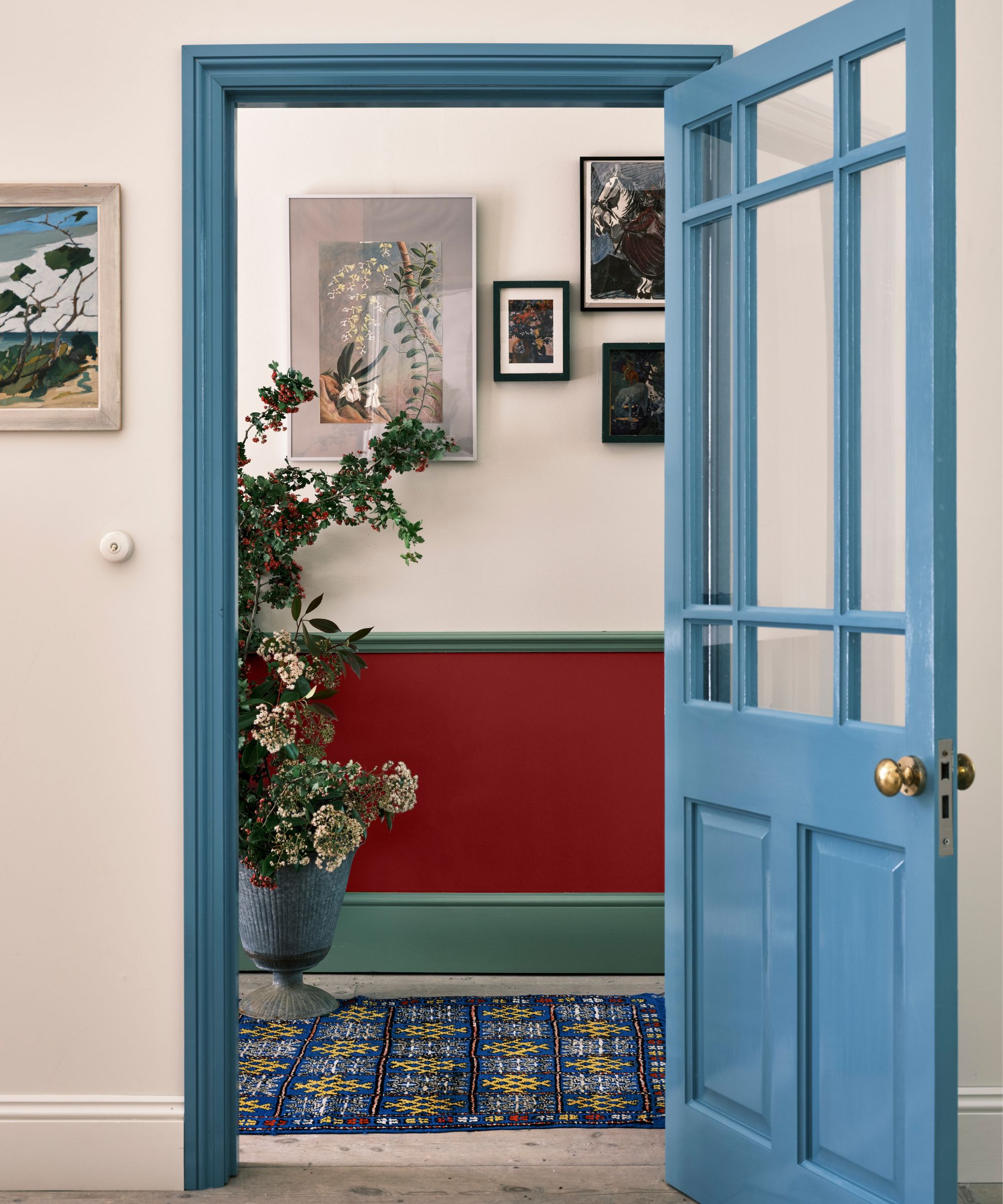
Do you paint your trim the same color as your walls by default? You're not alone. Most of us disregard baseboards and ceiling trim as mere practical features rather than decorative ones, but designers are increasingly choosing to paint woodwork in statement shades to imbue spaces with character and intrigue.
'Painting your interior doors or window frames with a bold pop of color infuses a space with personality in an instant,' says Ginger Curtis, lead designer at Urbanology. 'We frequently use black to frame beautiful windows or doors – an elegant way to spotlight existing architecture and create high-impact style with minimal effort.'
Of course, you could also make the decision to blend your baseboards and woodwork with your walls, too. 'We love to take a tonal approach by painting interior doors, casings, walls, and even the ceiling in the same rich hue,' adds Ginger. 'It creates an enveloping, high-design moment that feels both intentional and unforgettable.' This technique, known as color drenching, lends itself especially well to dark, moody tones like burgundy, navy, and brown.
Whether you make your trim stand out or blend in is entirely up to you. The key is considering it as part of your design, rather than overlooking it.
3. Colored grout
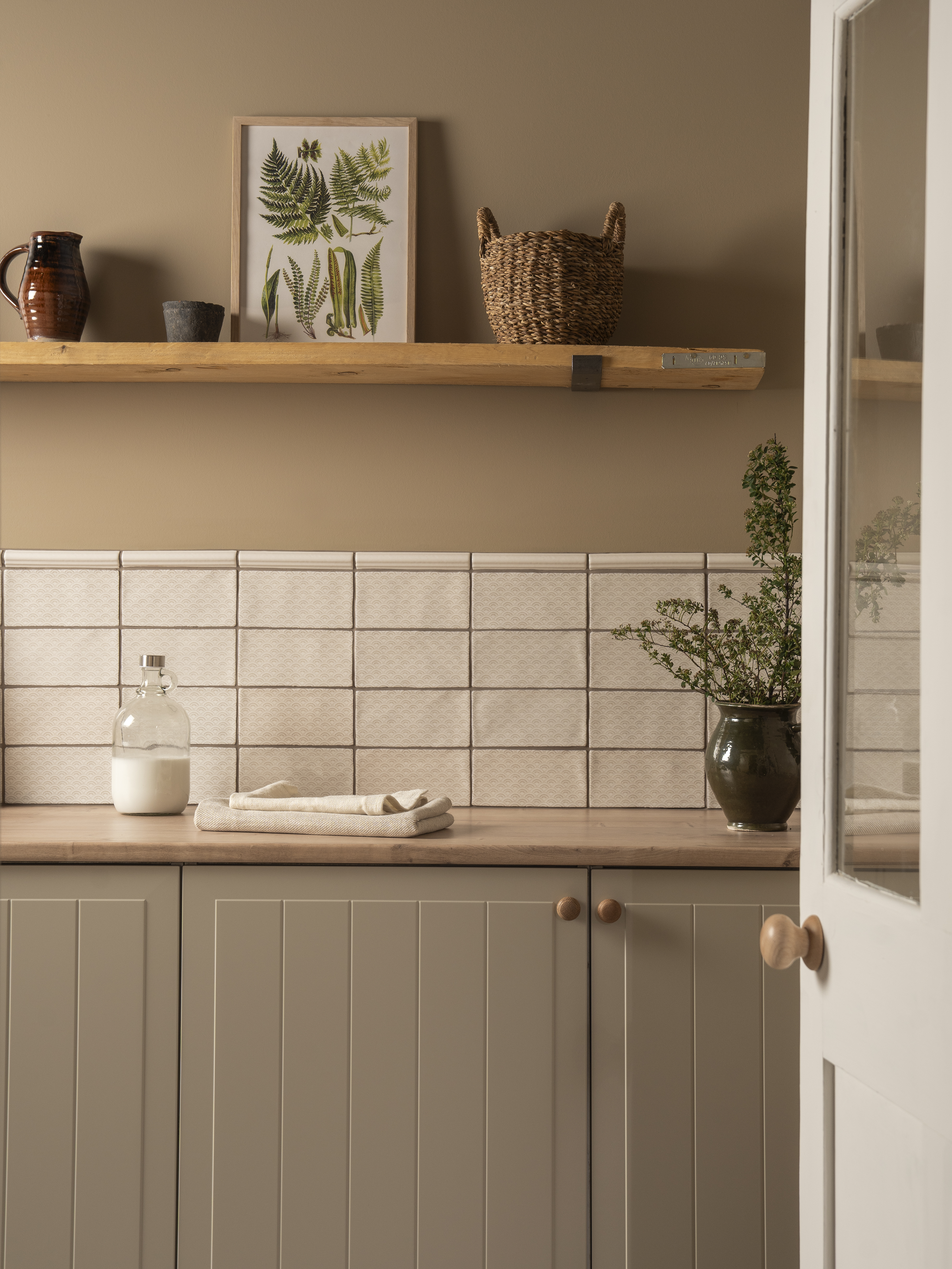
Even the most granular level of a design can contribute to your overall aesthetic, and it doesn't get much more granular than your grout color.
White grout is by far the most popular option, but it also has its downsides. It's difficult to maintain, plus it doesn't add much to your tiling from a visual perspective. For a little added pizzazz, why not choose a more unexpected grout color instead?
'Colored grout is one of our favorite design details – it’s fun, functional, and often completely overlooked,' says interior designer Sarah Montgomery. 'We love using color to highlight a tile pattern or bring in a bold contrast. It’s an easy way to make a space feel more considered and a little unexpected.'
For a contrastive, contemporary look, choose a dark grout against a light tile. A square tile in pastel tones looks cool and edgy against a dark gray grout. Or, for a tonal idea, match your grout color to your tiles for an all-over color. This works well with artisanal zellige tiles that have a natural patina and color variation.
4. Switch plates
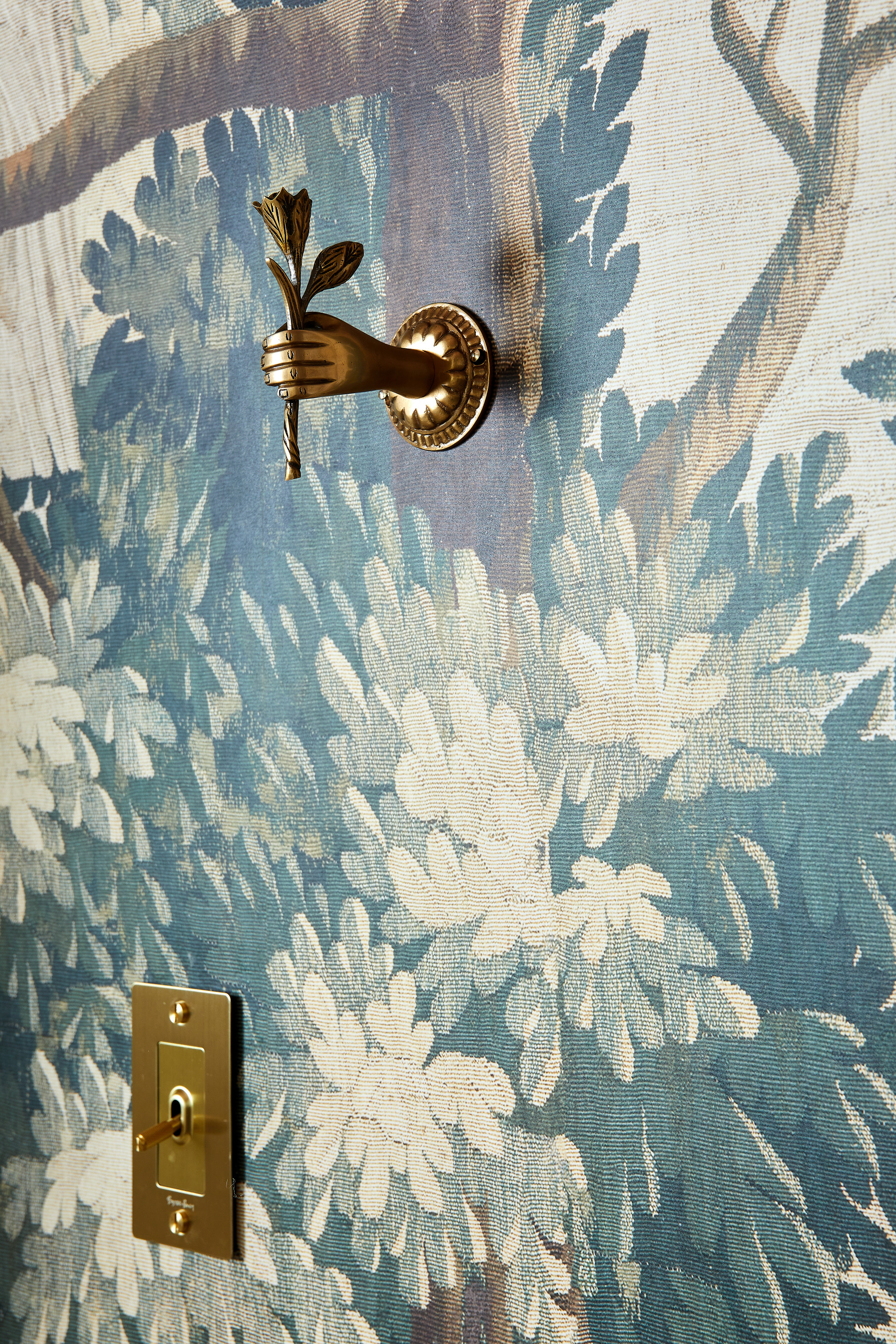
Sometimes, elevating your home is just a case of a few easy upgrades, and swapping out your switch plates is one of those. Think about the number of times you reach for your light switch a day. Now imagine that every time you flicked the switch, you were greeted by a decorative switchplate in a color, finish, or pattern that complemented the rest of your room. You won't realize the visual difference a detail like this can make until you try it for yourself.
Switch plate covers are the best way to make your power outlets and switches look nicer. And since our light switches fall right in our eyeline, builder-grade plastic just won't do.
'We upgraded the light switch plates in this darling nursery to a beautiful brass for a subtle but striking detail,' explains Ginger in reference to the space above. 'It’s an easy swap that instantly adds warmth, polish, and a touch of luxe to any room.' Brass hardware is having a big moment, but you could also choose a patterned cover to create a real design moment that draws the eye.
5. Bespoke hardware
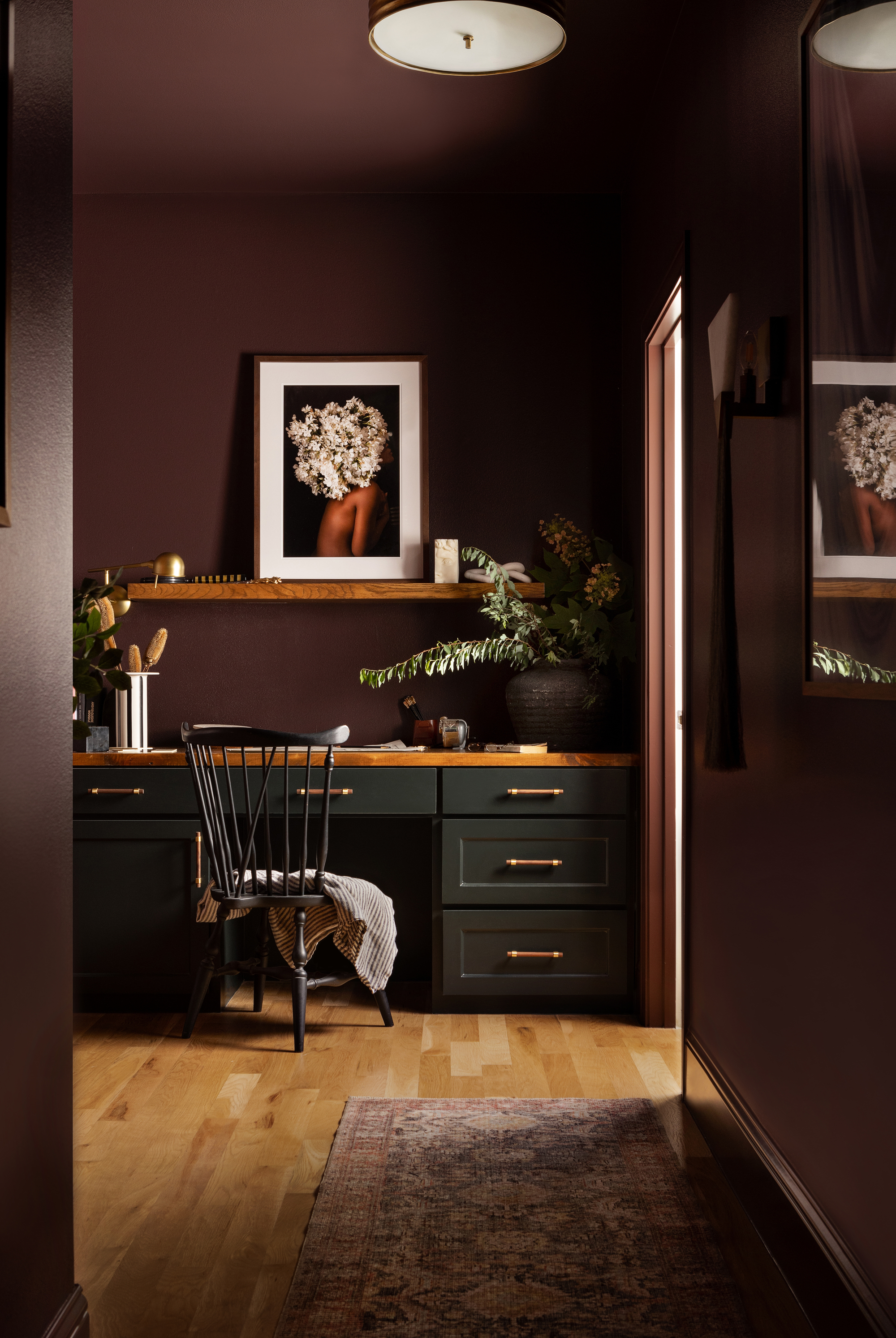
On a similar note, don't underestimate the power of some bespoke hardware. Small but mighty, the cabinet pulls, door handles, and light fixtures you choose for a room can make a huge difference. Think of your hardware ideas as the jewellery of your room – together, they help to accessorize your space from head to toe.
A common mistake many of us make is settling for boring off-the-shelf options for our kitchen cabinets, in particular. 'New knobs, pulls, or levers in virtually any finish or size can refresh furniture or cabinetry in seconds and make it all feel custom,' says Ginger. It's a budget-friendly DIY, too. Switching out your old cabinet pulls for some stylish brass latches, for example, only takes an hour or two.
6. Stone edge trim edges
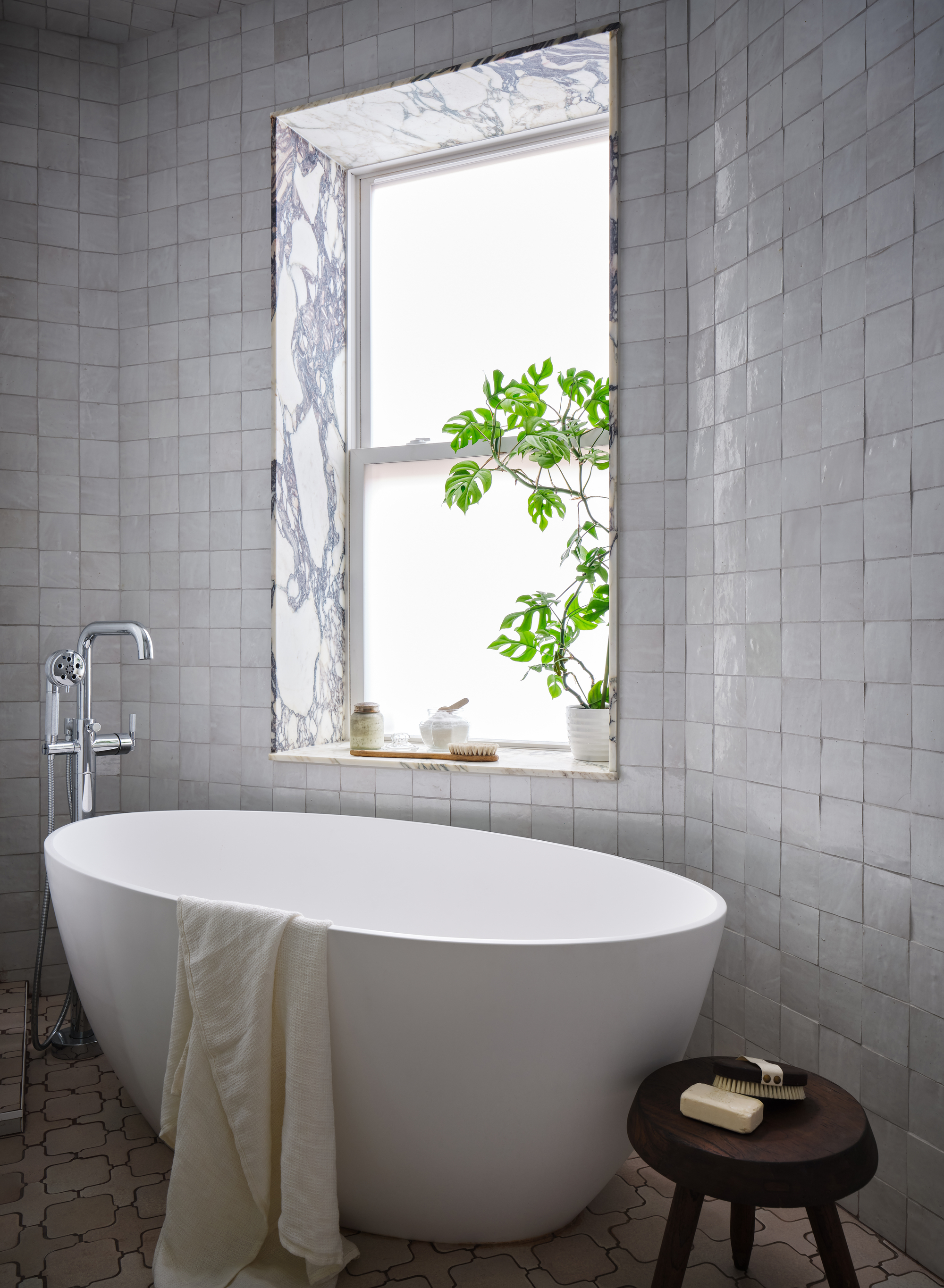
A finishing touch we often overlook is the edge trimming around shower niches, window sills, or the bridge between tile ideas and a painted wall.
A blunt, abrupt tile edge feels unfinished, while metal Schluter trim cheapens the look. Instead, show thought and consideration with a decorative stone trim or bullnose pencil tile to really give your space that polished look.
'We love using stone as a continuous design element throughout the bathroom – not just for countertops,' notes Sarah. 'It's a durable, timeless material that adds both beauty and function. We’ll often use it to frame niches, windows, shower curbs, shelving, or even as baseboards. Unlike tile, it eliminates grout lines, which can discolor over time, and offers a cleaner, more refined finish than tile trim pieces or metal Schluter.'
For a really cohesive look, carry the same natural stone through other design details like your vanity's countertop.
7. The interior of cabinet doors
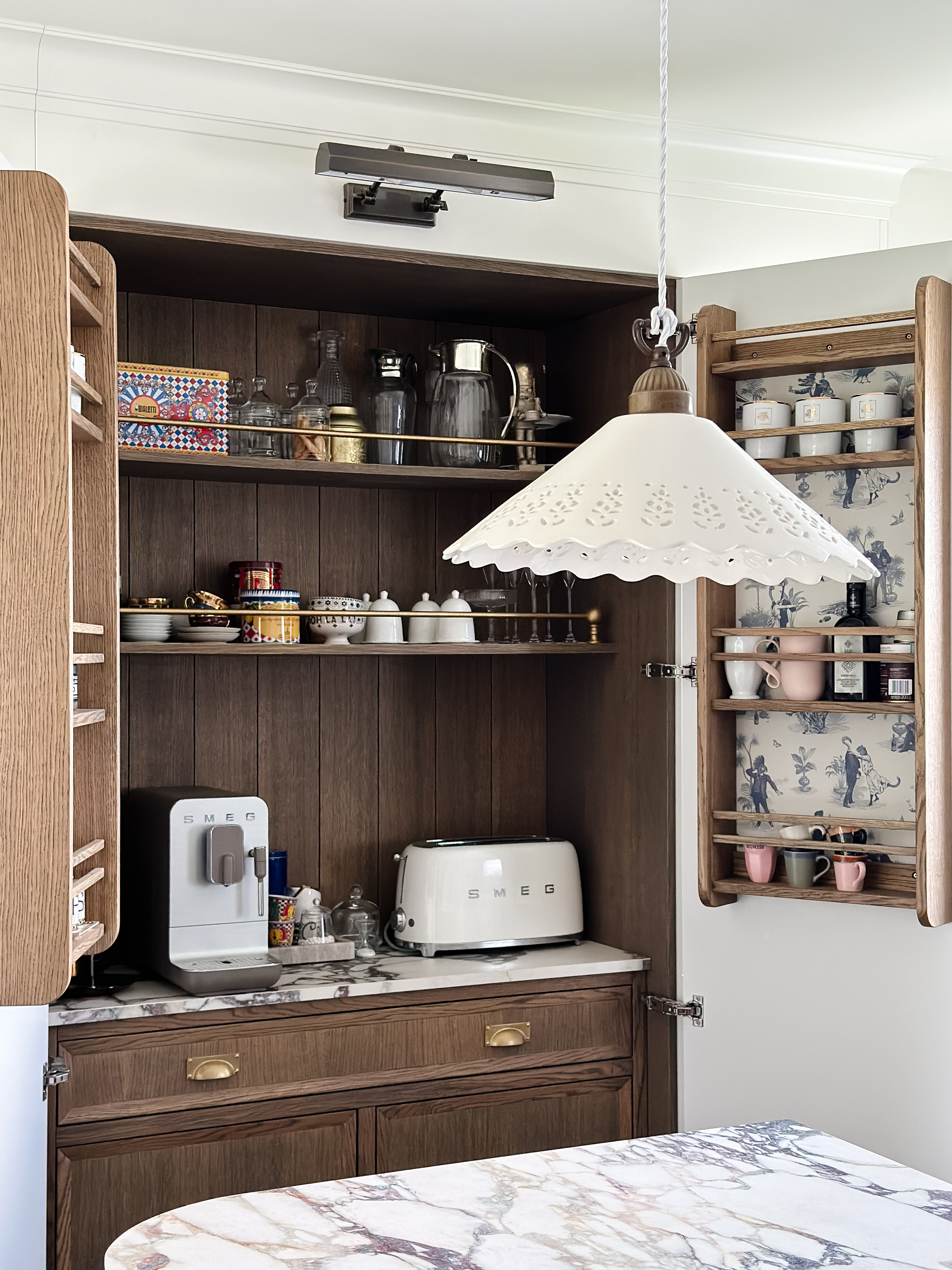
Some of the best design details offer a dose of the unexpected, and one of the best ways to do that is with a unique wallpaper idea. This works best in small spaces like the inside of cabinet doors or the dead space between shelves, where it adds a whimsical moment of intrigue.
'We love seeing wallpaper in unexpected places. It’s our favourite tip for using up wallpaper leftovers,' says Jamie Watkins, co-founder at Divine Savages. 'Paper inside a wardrobe to add depth and character to an otherwise functional piece, or give a chest of drawers or cupboard a new lease of life with wallpaper that packs a serious personality punch. It’s the perfect way to bring more pattern into your home. '
Why not take inspiration from the space above and use a patterned wallpaper inside a pantry? We love how the toile design allows the spice rack to stand out, adding depth and dimension to this otherwise basic vignette. It's a great way to turn the banal into something beautiful, capturing little design moments at every turn.
8. Gallery lights
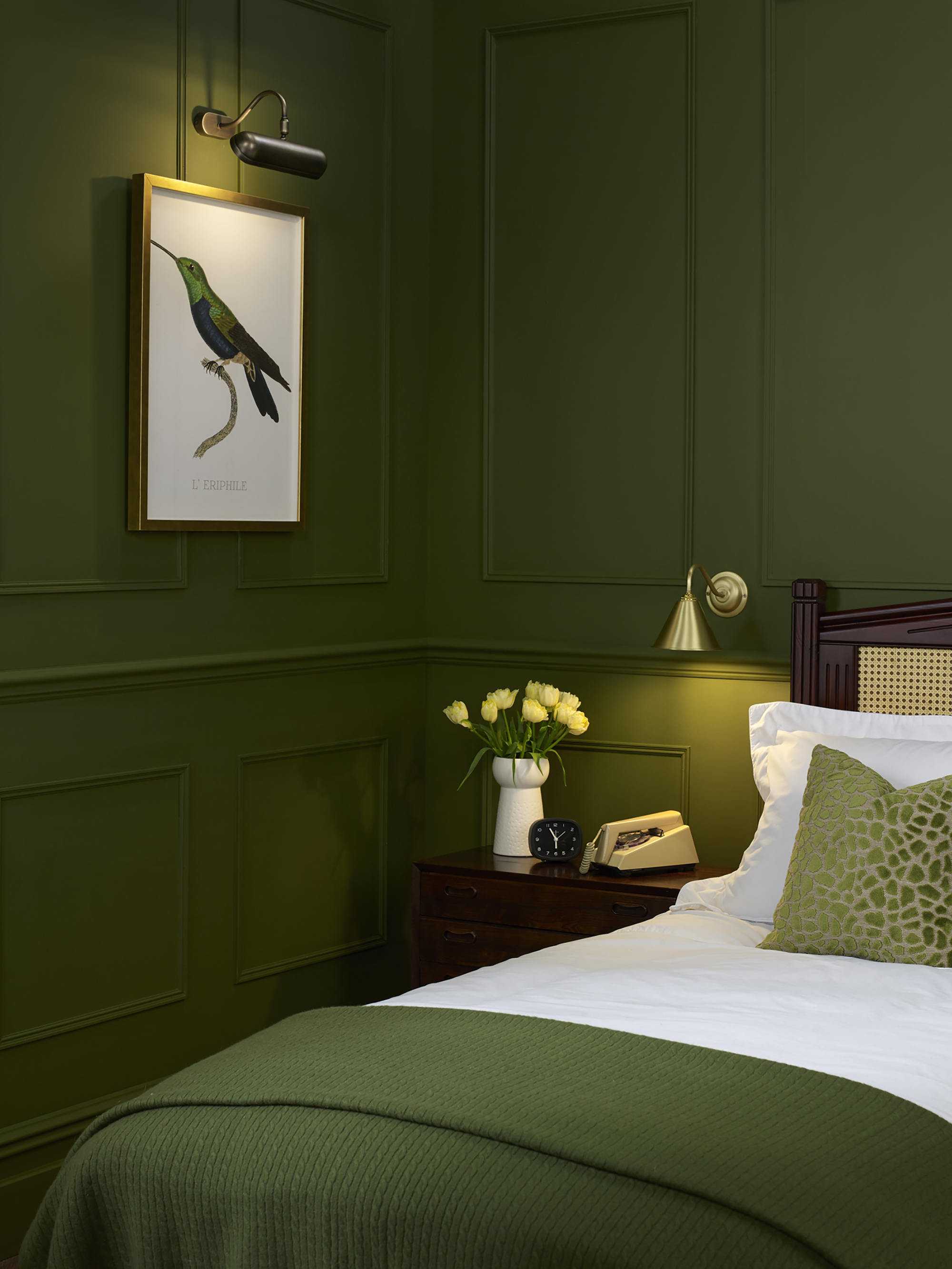
Artwork makes a classic design detail, but why not take it a step further by illuminating your gallery wall? The simple addition of a picture light makes a subtle move to a more luxurious interior, adding a timeless, library-esque touch to your wall that gives your home a museum-like quality.
Spotlighting wall art in this way turns a framed painting or print into a serious conversation piece. It's a way of magnetizing your gaze, telling your eyes exactly where to focus when you enter a room.
'This small addition instantly transforms a room into a gallery-like space, bringing focus and intention to the art you want to showcase,' says Ginger. 'It’s a subtle touch with a major impact.'
Paying attention to these finer details is often all it takes to create a more refined home. Want a space that's perfectly polished and put-together? Zoom in on the smaller details, and we promise they'll pay dividends.

Lilith is a freelance homes and interiors writer. As well as contributing to Homes & Gardens she's written for various other titles homes titles including House Beautiful and Livingetc.
